Maybe you’ve heard the words “vision board” and wondered exactly it is. And, more importantly, can it help you as a young entrepreneur? Or is a vision board just another way to waste time instead of working to grow your business?
Here are some important ideas to consider about using a vision board for your business.
What is a Business Vision Board?
A vision board is a visual representation of your goals. The most common type of vision board is a large-sized board with images and words that represent the goals you want to achieve. Vision boards can also be digital with the help of design and image-based websites.
Why Should I Have a Business Vision Board?
Here are three reasons for creating a vision board:
- Stay motivated.
Every young entrepreneur goes through good times and bad times while running a business. The images and words you choose for your own vision board can help you to literally picture yourself meeting your goals and growing a successful business.
- Get focused.
Creating a business vision board can help you think about which goals and values are most important to you. Choosing a limited number of items for your vision board helps you make priorities on how you spend your time working on your business.
- Lower your stress.
Feeling out of control is a common reason for stress. A vision board can help you make plans. This gives you a sense of control, which is important in the often unpredictable world of being an entrepreneur.
How do I Create a Business Vision Board?
Keep these ideas in mind during this process.
1. Make time to create a vision board.
Treat your vision board the same way you would treat other business-related meetings.
You don’t have to complete your vision board in one large block of time. You can spend as little as 15 to 30 minutes each day working on your vision board until it’s finished.
2. Think about the following questions.
Your goals for yourself and your business might change over time. Here are some questions you can consider while creating a vision board:
- What are my goals for my business this year (or for the next 12 months)?
- What skills and/or knowledge do I want to learn? For example, do I need to learn more about marketing or promoting my business?
- What are the best ways to spend my time and money on my business? (Do I need new equipment? Should I start offering a new product or service?)
- Which other brands, entrepreneurs, and/or companies do I admire in my industry? What specific ideas or actions seem to work for them? Should I try something similar with my business?
- How can I work with other entrepreneurs and businesses in my industry?
3. Organize your goals.
You can place your list of goals into a few different categories.
For example, let’s say your goals can be divided into four categories. You can then organize your representative images and words for these goals into four sections on your business vision board.
Common categories can include:
- Finance/Money
- Marketing
- Education/Learning
- Growth
- Networking/Partnerships
- Inspiration (favorite quotes, admired business leaders, etc.)
4. Look for inspiration.
There are plenty of ways to find images for your vision board.
Keep an eye out for any images, quotes, and words that remind you of any of your goals during the times you’re usually checking your phone, on social media or visiting online sites.
Print magazines, especially any magazines related to your industry or businesses in general, are a good place to start looking for inspirational pictures and words.
You can also discover inspiration online, especially on image-friendly social media platforms like Pinterest and Instagram. Image and design-based sites such as Unsplash and Pexels are also great sources.
5. Collect items for your vision board.
You can have a physical vision board or a digital one. Items for a physical vision board can include:
- Poster board
- Writing/drawing items (markers, pens, crayons, colored pencils, etc.)
- Paint
- Scissors
- Glue or tape
If you want to create a digital vision board, check out sites such as Pinterest or Canva to find images and create a great collage that represents your goals.
What Else Should I Know About Business Vision Boards?
Here are three more great tips about vision boards.
1. Don’t forget about your feelings.
You can include items, achievements and experiences you want to have on your vision board. But you can also think about how you want to feel in the near future. For example, do you want to feel more confident? Pick a few words and/or images that represent those feelings.
2. Place your vision board in a noticeable place.
Physical vision boards are often placed in bedrooms or people’s usual workspaces. Digital vision boards can be used as wallpaper and/or screensavers on your laptop or smartphone.
3. Inspiration is more important than rules.
It’s totally up to you and your creativity to create, use, and place images and words on your vision board. Your board doesn’t even have to look “pretty” or visually appealing. It just has to make sense to you.
Final Thoughts About Business Vision Boards
- A business vision board is more than just a trendy do-it-yourself craft project.Vision boards can encourage you to get motivated, stay focused, and feel less stressed out.
- Creating a vision board helps make goals, even big plans, seem more possible as you collect and organize items for your creation as you see fit.
- Placing your vision board in a room (or on a screen) that you regularly use also helps you remember your goals.
So, if you have certain goals that you want to meet in the next few weeks, months, or years, consider creating a vision board — a powerful “see it to believe it” tool for you and your business.








